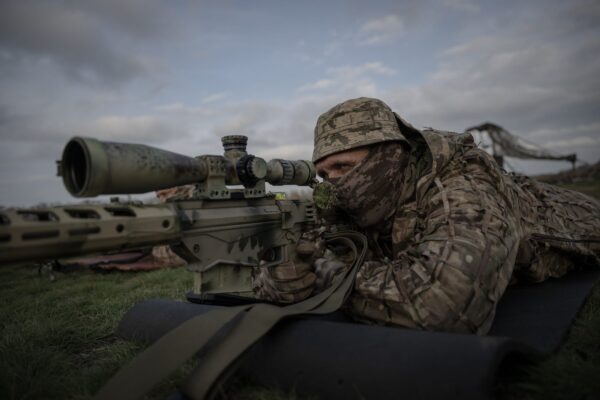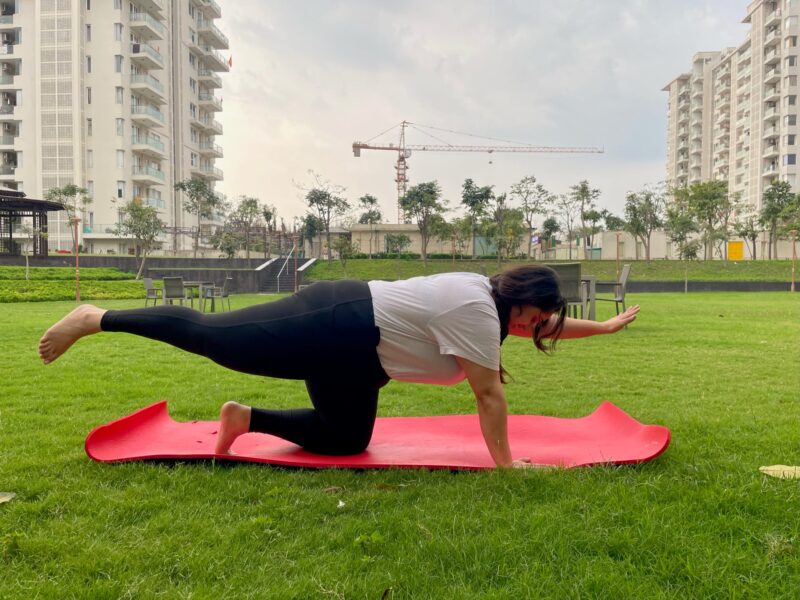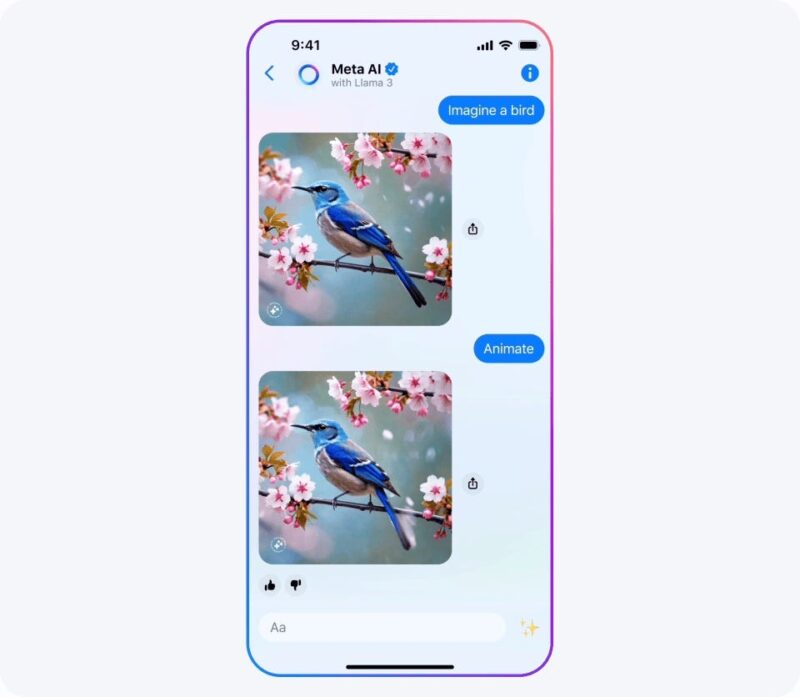- More first-time flyers are embarking on private jets as they’re promoted as the safer way to travel during the pandemic.
- The industry is purposely cost prohibitive but private flyers often end up paying more than they need to thanks to the unknown extra costs that could be incurred on every trip.
- Flyers also need to know when it’s time to stop chartering and start shopping for a plane of their own, especially if the pandemic drags on.
- Visit Business Insider’s homepage for more stories.
Private aviation is experiencing a wave of newcomers this summer as the wealthy seek more exclusive accommodations than first class on a commercial airline, and many embarking on their first-ever private flight.
While the debate on blocking middle seats rages among America’s leading airlines, such an issue is non-existent in the private terminals of the country’s executive airports as flyers pay to have total control of their experience, including the passenger manifest. Flying private has always been touted as the safer way to escape the big city or vacation with family and the private terminals are only going to get more crowded as the purse strings of the elite loosen.
McKinsey data viewed by Business Insider revealed that 90% of high-net-worth individuals choose not to fly private even though they have the means to and firms are successfully moving to capture that market as the pandemic sours the public’s perception on flying commercial.
Jamie Walker, the CEO of Omaha-based private jet charter firm JetLinx, told Business Insider in a previous interview that around 90% of new clients from March until June were first-time private flyers, with his firm putting an emphasis on disinfecting all of its aircraft and private terminals to ensure peace of mind for flyers.
Whether you're a first-time private jet flyer or charter a plane every weekend, here's what you should know when you fly.
1. You're often flying on someone else's plane
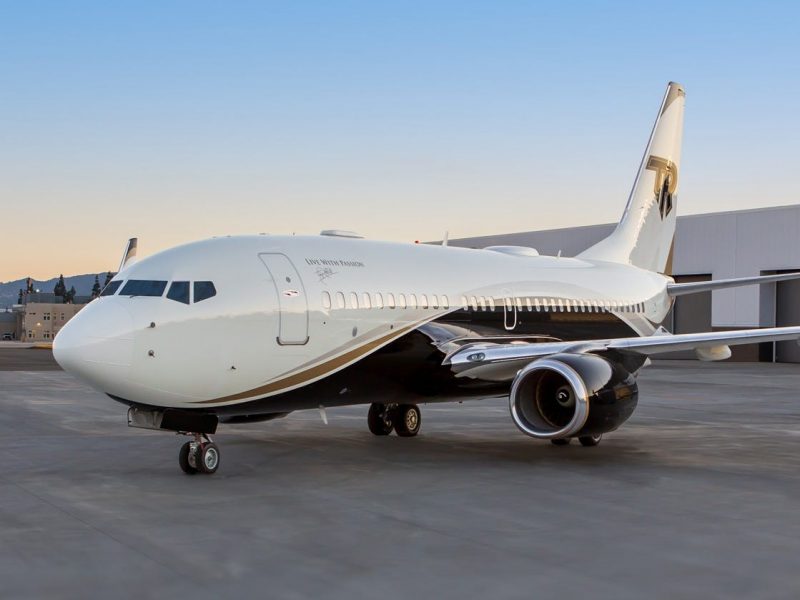
Private jets are often not owned by the firms that offer them for charter. Instead, the aircraft are merely managed by the firms, which handle all aspects of maintaining the aircraft for its true owner - whether it be a celebrity, businessperson, or another high-net-worth individual.
Chartering the aircraft to private flyers simply brings in revenue when its owner isn't using the aircraft that offsets the cost of owning a plane. The owner's identity is often kept a secret but with some aircraft - such as Silver Air's Boeing Business Jet 737 owned by Tony Robbins - there are sometimes clues on the aircraft that can give it away.
2. Being flexible can save you thousands
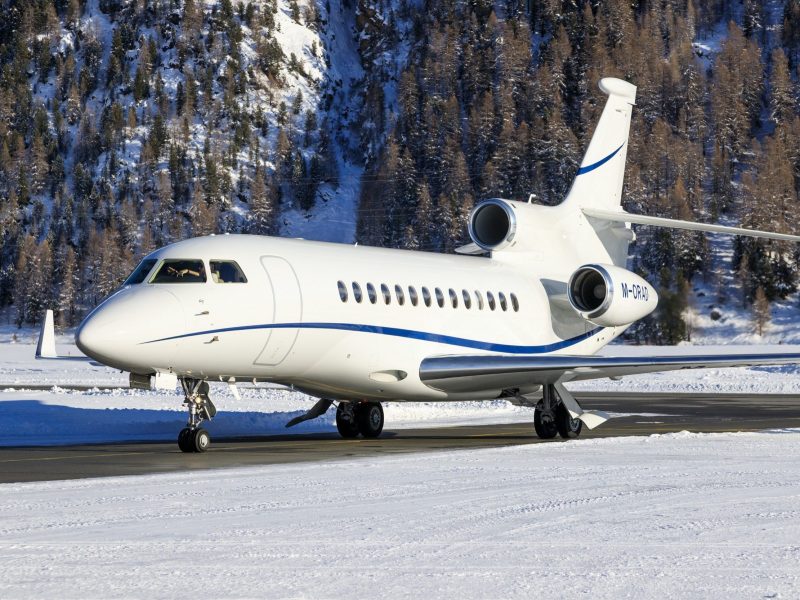
When just one hour on a private jet can cost thousands, even just a few minutes of extra flying can add up on the final bill. Utilizing the aircraft's home base - even if it means driving to a further airport - can easily shave off thousands by saving on repositioning costs, extra landing and airport fees, and the additional fuel.
The savings can be even more pronounced when it comes to one-way flights or empty legs, where a plane is already scheduled to fly a given route and the operator can sell the flight cheaper since the aircraft is heading in that direction.
For example, a traveler requesting a West Palm Beach to Teterboro flight could match with an aircraft flying from Fort Lauderdale to White Plains. The aircraft can easily reposition from Fort Lauderdale to West Palm Beach and then from Teterboro to White Plains, but it will likely cost extra in the thousands.
While the uber-wealthy need not worry about a few thousand dollars extra in repositioning costs, inquiring whether it's cheaper to depart from another area airport can save thrifty flyers money on each trip.
3. The winter comes with more opportunities to pay more
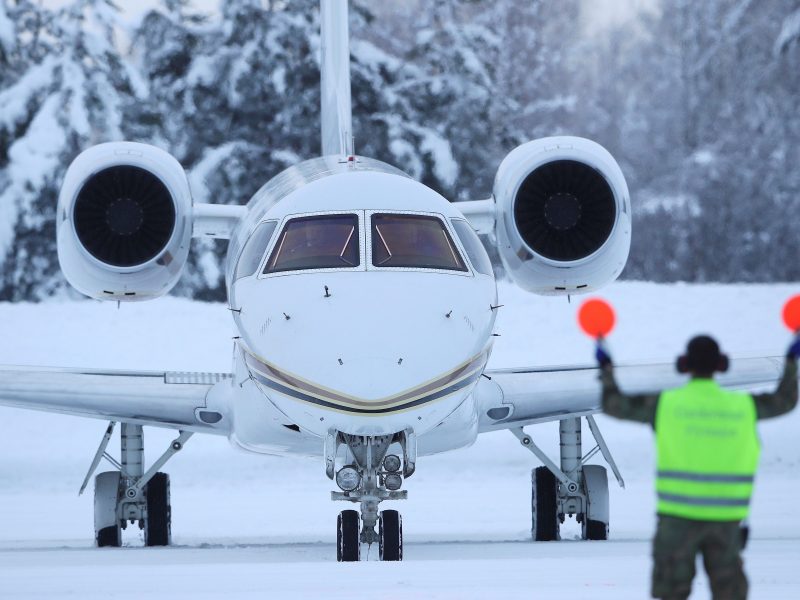 Foto: A Cessna Citation aircraft being marshaled in the snow in Oslo. Source: HANNAH MCKAY/Reuters
Foto: A Cessna Citation aircraft being marshaled in the snow in Oslo. Source: HANNAH MCKAY/Reuters
The cold season comes with more challengers to flying an aircraft, especially in the Northeast, Midwest, and Rocky Mountain regions in the US. Planes sitting outside will often accumulate ice that requires the application of de-icing fluid - of which even a conservative application can cost thousands, depending on the plane - or placing the aircraft in a heated hangar, a practice that's cheaper than de-icing but doesn't come free.
Cold winter months also come with headwinds that make flying against the jet streams more difficult and increase the journey time of westbound flights. They can, however, make flights in the opposite direction shorter but if the quoted flight time doesn't match the actual flight time, flyers may be receiving an updated bill.
4. Cheaper never beats reliable in private aviation
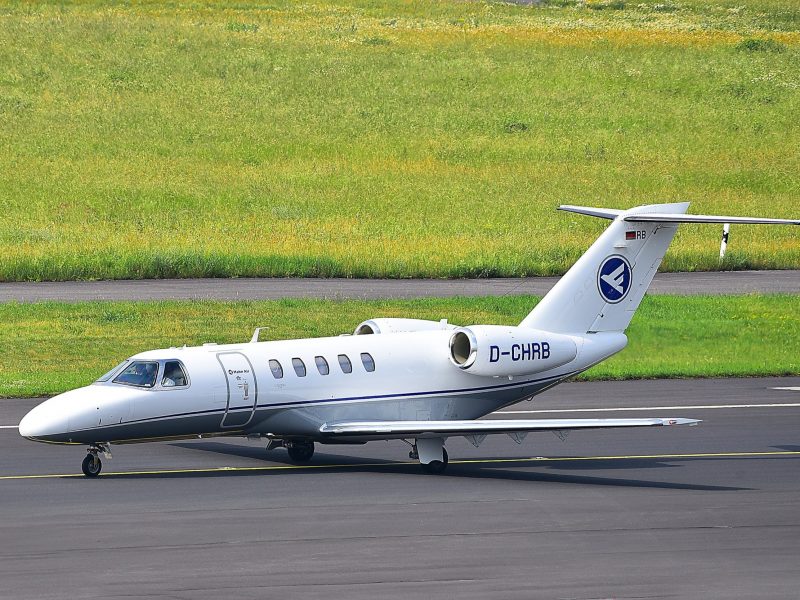
Flyers often request the cheapest and smallest aircraft that can perform the mission to save money. While cheap doesn't always mean bad, it can mean using a less reliable operator.
A frequent problem is having an aircraft experience mechanical issues, rendering it useless for a trip. If a backup aircraft is not available, a recovery option can often cost extra with any savings gained by picking the initial cheaper option immediately vanquishing and a flyer spending more to salvage the trip.
Price alone won't prevent mechanical issues but at the very least, flyers should ensure that they're flying on a plane that is safety rated from Argus, Wyvern, or IS-BAO - the three main safety regulators for the private aviation industry - and insist on only using aircraft from reliable operators.
5. Bring your own food
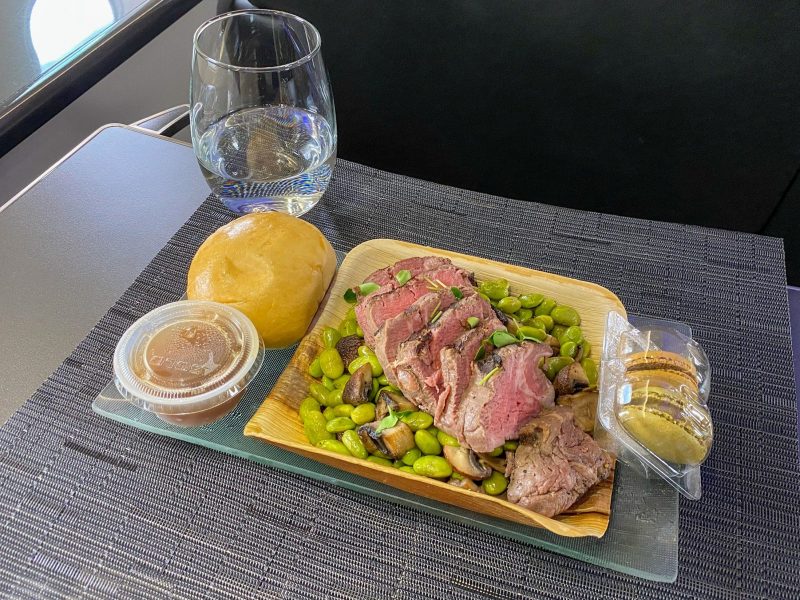
Aircraft catering puts even the most-luxurious restaurant in New York City to shame when it comes to pricing. A simple dinner order can end up in the hundreds if not thousands thanks to the premium placed on the service by enterprising caterers who know most of private aviation's elite clientele often don't care about price.
A good broker will call the local deli for the order instead of an aircraft caterer but flyers should consider whether the duration of the flight is worth the extra hassle for all involved - including the charter sales representative or broker placing the order and the crew who receives it at the airport, puts it on display on the plane, and cleans up afterward - as many in-flight meals go untouched.
6. Ditch the limo
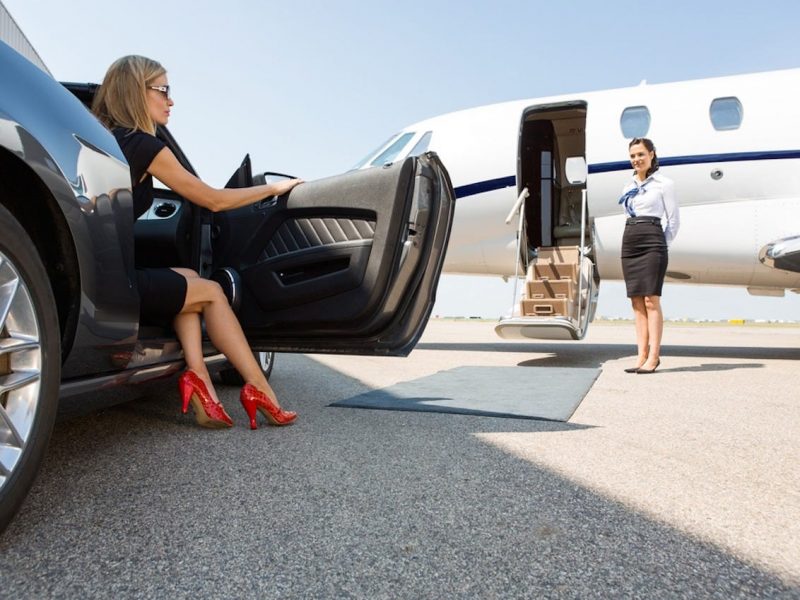
A major benefit of using the private terminal at airports is free parking right outside the terminal door. Most airports also offer the perk to drive a car right up to the plane and having it waiting planeside upon arrival, rendering the airport limo pointless.
Upon arrival, more private jet flyers are turning to ride-sharing apps like Uber to transport them to their final destination at a fraction of the cost for a high-end limo. Similarly to aircraft catering, limo providers are also charging premiums for the service that can quickly add up to a hefty bill at the end of the trip.
7. WiFi charges can quickly add up
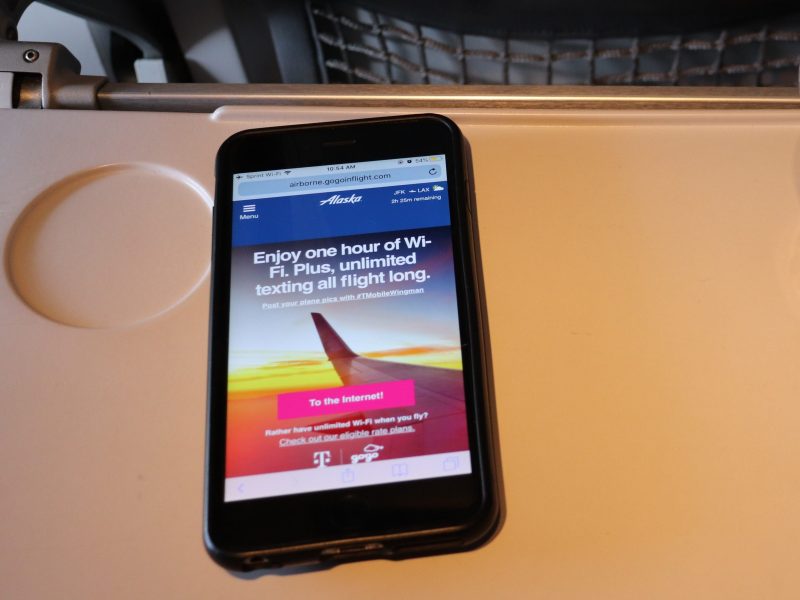
Complimentary in-flight WiFi is becoming more widespread in private aviation but not all aircraft have it and it's typically limited to domestic flights on overland routes. Satellite-based international WiFi is rarer - limited typically to large-cabin jets - and even if the aircraft does have it, using the service typically comes with a fee, with charges of over $10 per megabyte on some planes.
Anyone with a limited data plan knows how quickly data usage can add up.
8. Don't expect your plane to stick around on extended trips
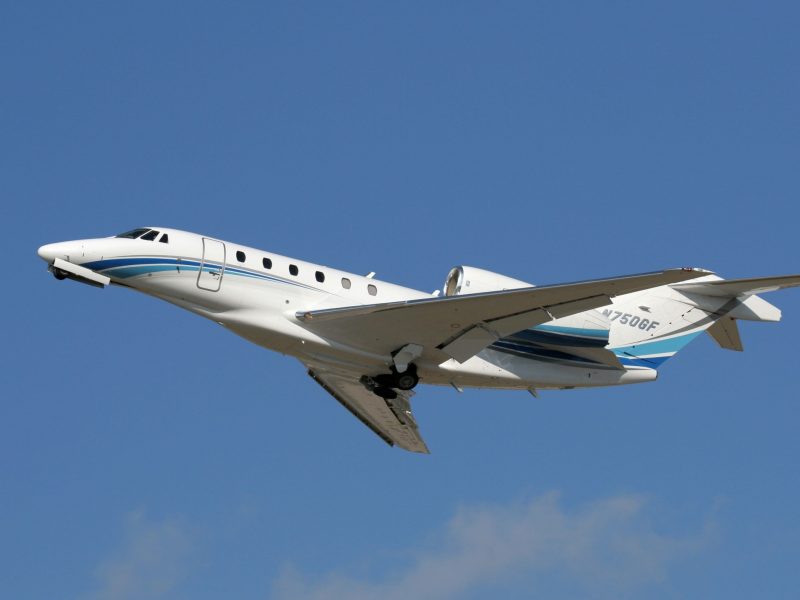
Private jet firms are always looking for ways to maximize revenue with their aircraft and that means getting them as many trips as possible, even when they're already on a trip. A flyer can charter a jet for the weekend to fly down on Friday and then back on Sunday, leaving it open on Saturday.
Even though it's committed to a customer, some firms won't hesitate to keep the aircraft flying on its off day. A good firm will ensure there's no room for conflict with the original trip - by not letting it go too far and not wearing the pilots out - but the client may find themselves in a pickle if they want to leave early and their plane is a few states away.
9. Tip your pilot directly
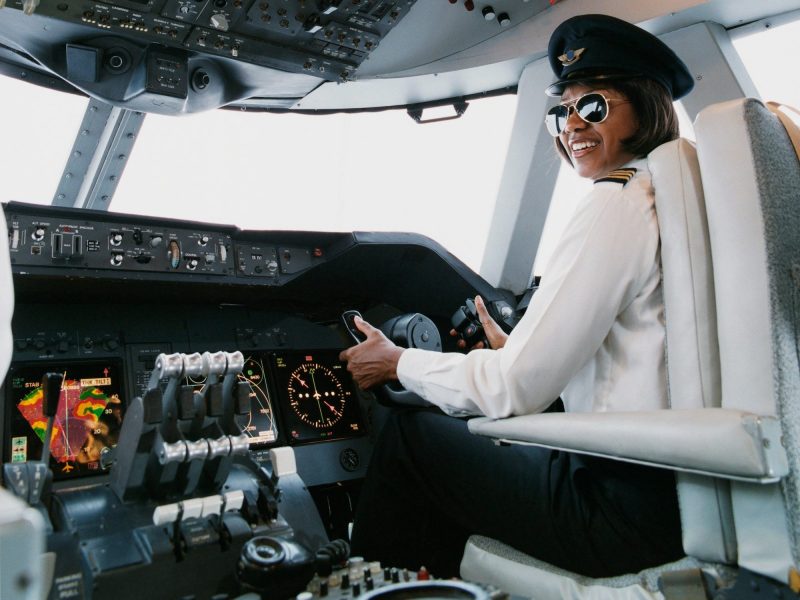
Some brokerages and operators will include a gratuity for the crew in the price of a charter but whether those funds actually get to their intended recipients is up for debate. The best way to show appreciation is by opting to tip the crew directly.
10. Mind your manners or pay extra
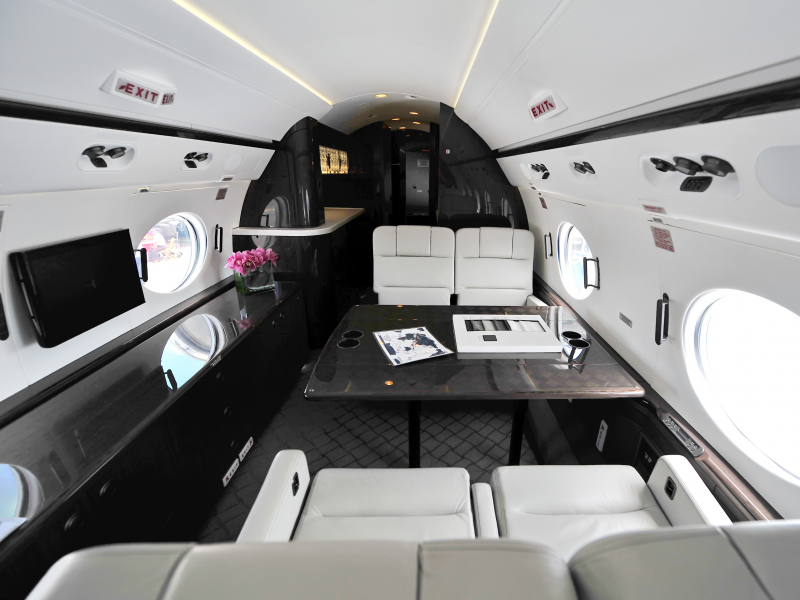
Some flyers don't appreciate that they're flying on a multi-million dollar aircraft and will, instead, treat it as a rental car. Trashed planes - whether it be from negligent passengers who frequently miss their mouth when they eat or from a pet that's untrained to fly - are common in the industry and operators are more than happy to pass those costs along to the flyer.
Even spilling red wine can see a massive cleaning fee slapped on to the bill at the end of the flight.
Cabin attendants will often do as much as they can but some messes require professional cleaning and detailing, which doesn't come cheap and often inconveniences the crew who may have to supervise the process, especially if away from home base.
11. If you're spending over $500,000 every year on charter, it's time to consider investing in your own plane
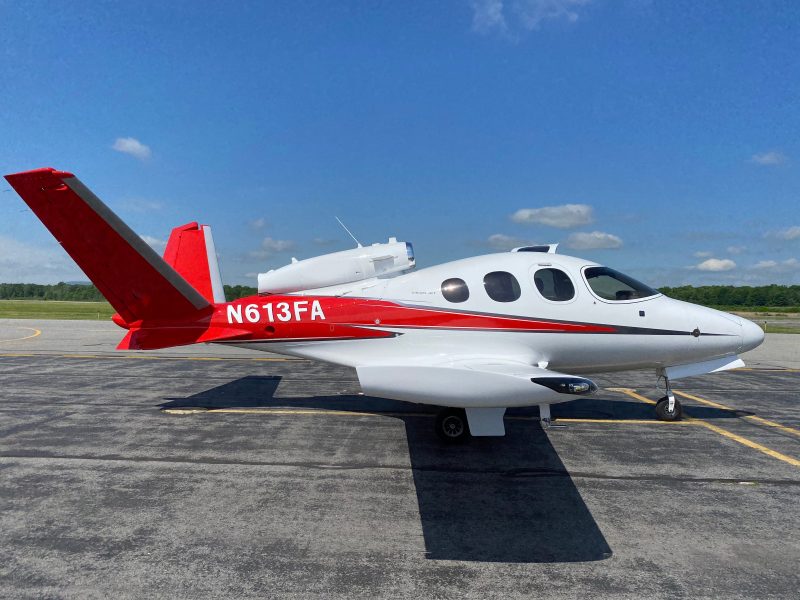
At a certain point, owning a plane becomes more cost-effective than constantly chartering one and most of the aforementioned issues go away. Owners are given top priority when it comes to their planes and do not have to worry about their plane not being available when they need it.
A new type of aircraft, known as personal private jets, are also making owning a plane more affordable thanks to low operating costs and crew required to fly the aircraft, as Business Insider found on a recent demonstration flight for the Cirrus Vision Jet. New models from Embraer, Cessna, Cirrus, HondaJet, Pilatus, and others are helping democratize aircraft ownership beyond the super-elite while keeping the luxuries of private flight intact.







